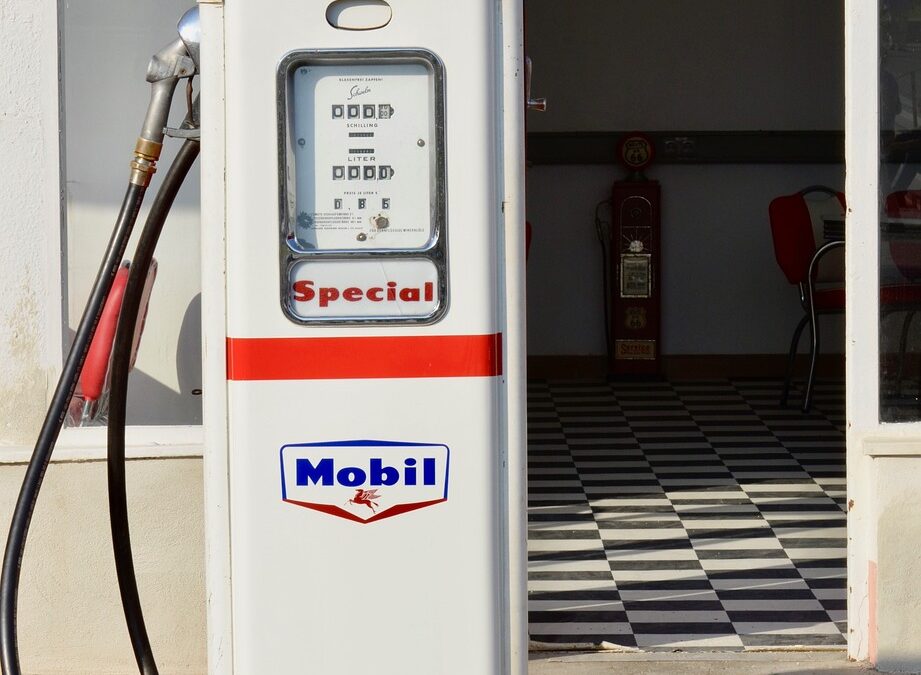Maintaining the fuel system of your classic 1955-1957 Ford Thunderbird is essential for maximizing both efficiency and performance. Over time, components such as the fuel pump, carburetor, fuel lines, and filters can degrade, leading to reduced performance and increased fuel consumption. This comprehensive guide will walk you through the necessary steps to maintain and improve the fuel system of your classic Thunderbird, including useful resources and websites for obtaining parts and further information.
Understanding the Fuel System of Your Classic Thunderbird
The fuel system of the classic Thunderbird is relatively straightforward but requires precise tuning and maintenance. It primarily consists of a fuel tank, fuel pump, fuel lines, carburetor, and the necessary filters and hoses. Each component plays a critical role in delivering fuel efficiently from the tank to the engine.
Tools and Materials Needed
- Wrench set
- Screwdrivers
- Carburetor cleaner
- New fuel filters and hoses
- Replacement parts as needed (e.g., fuel pump, carburetor kit)
- Fire extinguisher (for safety)
High-quality tools can be sourced from automotive specialty stores like AutoZone or Advanced Auto Parts.
Websites for Tools:
- AutoZone: www.autozone.com
- Advanced Auto Parts: www.advanceautoparts.com
Step-by-Step Guide to Fuel System Maintenance
1. Inspecting the Fuel System
- Begin by visually inspecting all components of the fuel system. Check for any signs of wear, leakage, or corrosion particularly in the fuel lines and at connection points.
2. Replacing Fuel Filters and Hoses
- Replace the fuel filters as they are crucial for preventing contaminants from entering the carburetor and engine. Classic Thunderbirds typically require changing the fuel filter annually or biannually depending on usage.
- Examine and replace old or worn-out fuel hoses to prevent leaks. Ensure that all new hoses and connections are secure.
3. Cleaning and Adjusting the Carburetor
- Remove the carburetor from the vehicle for thorough cleaning. Disassemble the carburetor and use a quality carburetor cleaner to remove buildup and deposits.
- Reassemble the carburetor using a rebuild kit if necessary. These kits are available from suppliers like Summit Racing or Jegs and can restore your carburetor to near original condition.
4. Checking and Replacing the Fuel Pump
- Inspect the fuel pump for any signs of malfunction or degradation. Classic Thunderbirds usually have a mechanical fuel pump, which can wear out and require replacement.
- If replacement is needed, ensure that you choose a pump that matches the original specifications for optimal performance.
5. Ensuring Tank Integrity
- Check the fuel tank for rust, sediment, and other contaminants. If the tank is rusty or damaged, consider having it professionally cleaned or replaced. Specialty services can restore or replace tanks, ensuring they are free of issues that can affect the rest of the system.
6. Final System Check
- Once all components are serviced or replaced, reassemble the fuel system. Make sure all connections are tight and there are no leaks.
- Start the engine and monitor the fuel system for any irregularities in performance. Adjust the carburetor settings if necessary to achieve the best performance.
Where to Buy Parts
- Summit Racing: Provides a wide range of parts for classic cars, including fuel pumps, carburetor kits, and hoses. www.summitracing.com
- Jegs: Offers high-performance auto parts, including those necessary for fuel system maintenance. www.jegs.com
- Local Classic Car Specialists: Sometimes the best resources are local experts who specialize in classic cars. They can offer parts, service, and invaluable advice.
Additional Tips
- Regular Maintenance: Regularly schedule maintenance checks to avoid large-scale repairs and ensure consistent performance.
- Use Quality Fuel: Use high-quality fuel and consider adding a fuel stabilizer if the car will not be used frequently. This helps prevent fuel degradation and carburetor clogging.
- Professional Help: For complex issues such as adjusting the carburetor or if you are not comfortable performing maintenance yourself, seek the help of a professional mechanic experienced with classic cars.
Conclusion
Maintaining the fuel system of your classic Ford Thunderbird is crucial for preserving its performance and efficiency. By following the outlined steps and using the right tools and parts, you can ensure that your Thunderbird runs smoothly and continues to turn heads on the road. Remember, regular maintenance is the key to the longevity and enjoyment of your classic car.
These recommended practices and resources will help you keep your Thunderbird in top condition, honoring its legacy and ensuring it remains a joy to drive for years to come.

